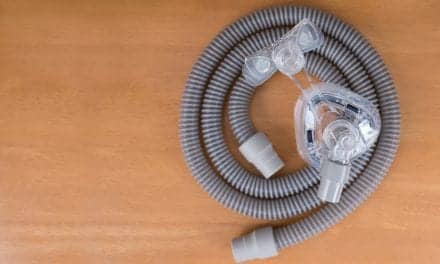The Ames test, a widely used method to determine whether a chemical has the potential to cause cancer, has been successfully adapted for use with cigarette smoke and other complex aerosols.
The traditional Ames test is not suitable for use with aerosols and gases, which means that in the past, the toxicity of cigarette smoke was tested using just the particulate extract from smoke and not the whole smoke, thereby giving an incomplete picture of the toxic profile. The particulate fraction is only a small part of the whole-smoke aerosol, which also comprises a vapour phase and contains more than 6000 chemicals, including volatile or insoluble components and short-lived products of combustion.
The Ames test works by observing how much a chemical causes bacteria used in the test to mutate. The standard test involves up to five strains of bacteria that mutate in different ways and are genetically modified to require an additional amino acid for growth. The bacteria are embedded in agar together with the test chemical and a small amount of the amino acid to enable them to grow and mutate. The mutagenicity of the test compound is proportional to the number of so-called revertant colonies present at the end of the test period, ie the number of colonies that have mutated (reverted) back to the original state and do not require the amino acid to survive.
Now, researchers at British American Tobacco and Covance Laboratories have shown that a modified Ames test can be used successfully to assess the toxicological impact of mainstream cigarette-smoke.









